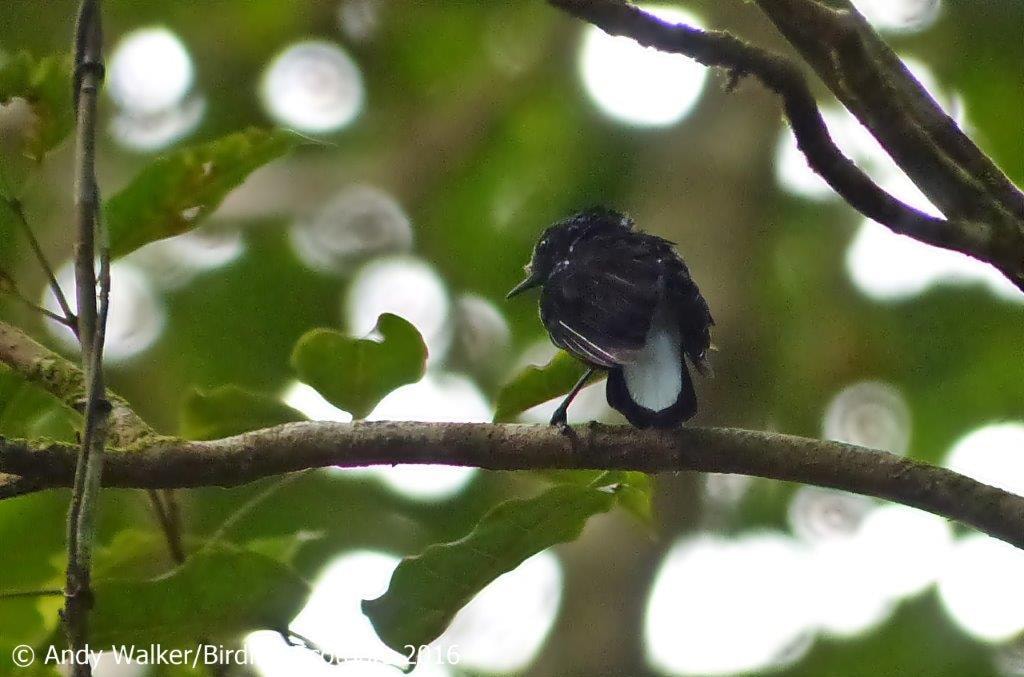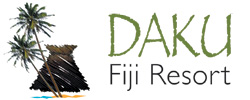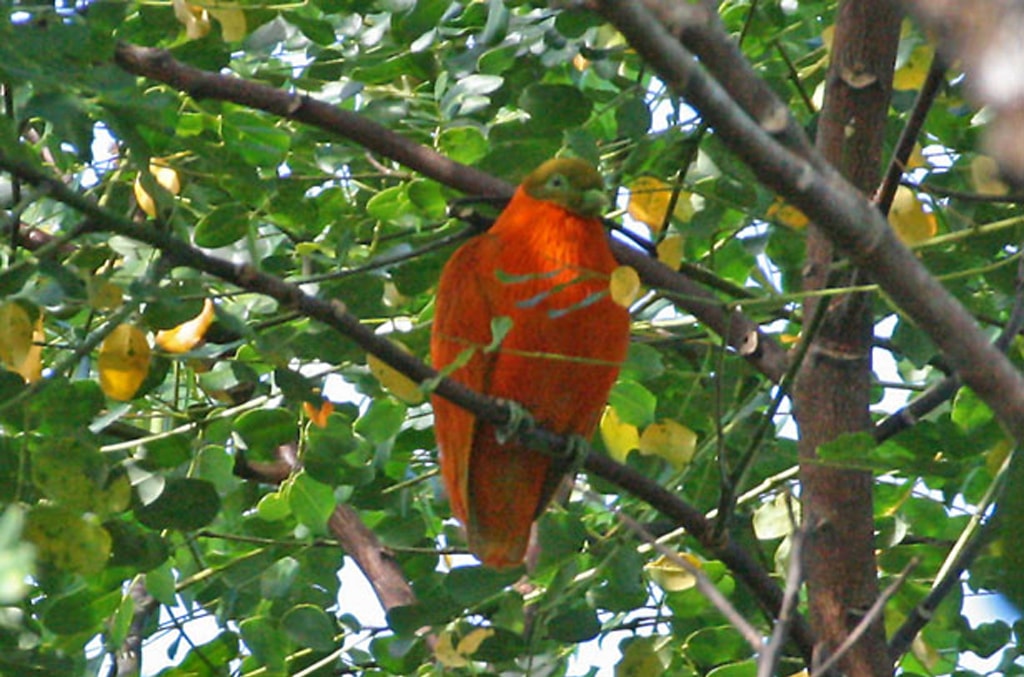Birdwatching
Birdwatching in Fiji offers the opportunity to see a number of tropical birds in their natural habitat.
Our island, Vanua Levu, is home to a large number of birds, including the rare silktail which is found in the eastern end of the island.
We offer a flexible programme over 2 days which can be done whenever you want.
This includes a full day (7/8 hours) trip to Vusaratu, home of both the silktail and the endangered Natewa swallowtail butterfly which was only discovered in 2017. We leave at 5.00 am and we’re back around 1.00 pm.
On the other day, we go to a private estate and the entire trip takes 3 to 4 hours.
Programme
For flexible 2-day package.
The excursions are to areas noted for particular birds. As well as many more common Fijian birds such as the reef heron, the kingfisher, the shrikebill and the honey eater, we will set out to see the orange dove and the silktail, both of which are to be found on our island. A reasonable degree of fitness is required if you are to access all the sites; the two areas where the silktail and the orange dove are found are steep and difficult.
Of course you’ll be bringing your own binoculars, but if you’re looking for advice on these, have a look at When Outdoors for some of the latest easy-to-carry small binoculars.
Although we describe Day 1 and Day 2, the order of the days may vary depending on weather.

Day 1: Trip to see the orange dove.
We drive about 40 minutes to an area where the orange dove is frequently spotted – along with its less colourful female mate.
The walk to see the birds takes approximately an hour and a half to two hours, so the entire excursion takes approximately 3 / 4 hours. We normally do it in the afternoon but sometimes change to the morning.
The rich diversity of native fruit and nut trees provides an ideal habitat for the Orange doves (that can be seen and heard at pretty much any time of day), as well as another five species of fruit doves and pigeons. The fruits and seeds are also appreciated by Maroon shining-parrots – which are easiest to see at sun-rise, as they set out from their hill-top roosts to forage in the forest. The dawn chorus in the forest consists mainly of Fiji (golden) whistlers and Fiji bush warblers. The most ‘special’ endemic species is perhaps the Chestnut-throated flycatcher – which, interestingly, often occurs in mixed-species foraging parties with Streaked fantails and Slaty monarchs (all of which share a display behaviour that involves fanning their white-edged tail feathers), and with other mainly insectivorous birds such as the Fiji whistler, Fiji shrikebill, Silvereye, and Layard’s white-eye. Pacific robin, Orange-breasted myzomela and Orange-breasted myzomela are usually conspicuous. Some species characteristic of closed forest, such as Island thrush and Shy ground dove used to be regularly seen but have scarcely been encountered since the damaging Cyclone Yasa, at the end of 2020.

Day 2: Vusuratu to see Silktail.
This is a full day trip (7/ 8 hours): we start early, and we’re usually back by 1.00. It’s about 1 1/2 hours’ drive each way, half on dirt roads. We leave Daku at approx 5.00a to be there at the best time for the birds. Once there, the terrain is steep and overgrown. We will take snacks, and we return to Daku by about 1.00
Birding at Vusaratu
Biodiversity conservation efforts on the Natewa Peninsula focus on the Natewa Tunuloa Important Bird Area (IBA FJ03) designated by Birdlife International and now more broadly recognized as a Key Biodiversity Area.
The IBA was established mainly to conserve the unique Natewa silktail (there is a better-known sibling species, (the Taveuni silktail, on neighboring Taveuni island). However, the beautiful forests of this area, covering some 20,000ha, also provide a good place to see the Maroon shining-parrot, Orange dove and Vanikoro flycatcher.
This area of forest covers rugged mountainous terrain and is under the communal ownership of surrounding communities. There is essentially no public access to the area and no established trail system, so would-be visitors need to seek permission and a guide from one of the communities. Access is most easily arranged through the community of Vusaratu, on Natewa Bay. Fiji’s national conservation organization, NatureFiji/MareqetiViti and local businesses Ocean Ventures, KokoMana and Daku Resort, have been working with the community to offer guided ‘eco-tours’ of the forest and coral reef. There is also a butterfly house as a focus for the conservation of the recently described Natewa swallowtail (butterfly).

Optional extra day
6.00am – 12.00pm: Boat trip to see pelagics.
This is a trip in with a local boat operator, who charges approx. F$600 (payable directly to him). We will go across the bay and search for local pelagics. On our last trip (December 2024) the following species were recorded:
Black Noddy
Bridled Tern
Black-naped Tern
Great Crested Tern
Red-footed Booby
Brown Noddy
Wedge-tailed Shearwater
Lesser Frigatebird
Brown Booby

Optional early walk behind Daku (you can do this by yourself).
There is a good dirt road all the way; its very steep up – and very steep down.
Previous birdwatcher Andrew McCutcheon: We all went for an early morning walk before breakfast along the forest tracks in Daku Estate. Although the bird calls were not overly plentiful, the species we did find were interesting. We heard the Scarlet Robin calling in the same place as before and were determined to see it this time. Despite it constantly calling we found the bird to be a ventriloquist, and for this reason good at avoiding detection. After scrambling down the steep slope below the track we finally saw it, a lone immature male calling desperately for a mate. Compared to the Australian Scarlet Robin this is a much smaller bird at 10 cm in length (as opposed to 13 cm for the Aust. Robin), but makes up for its small size with plenty of bright red on the breast which seems to extend further down on the Fiji bird.
The other significant sighting was an immature White-throated Pigeon in the same area as the Scarlet Robin.
In addition to these two species we saw a range of birds frequently seen in the area including Fiji Goshawk, Streaked Fantail, Vanikoro Broadbill, Wattled Honeyeater, Orange-breasted Myzomela and Fiji Parrotfinch.

Costs.
Dependent on numbers . Please contact us for a quote at Daku Resort via [email protected]



